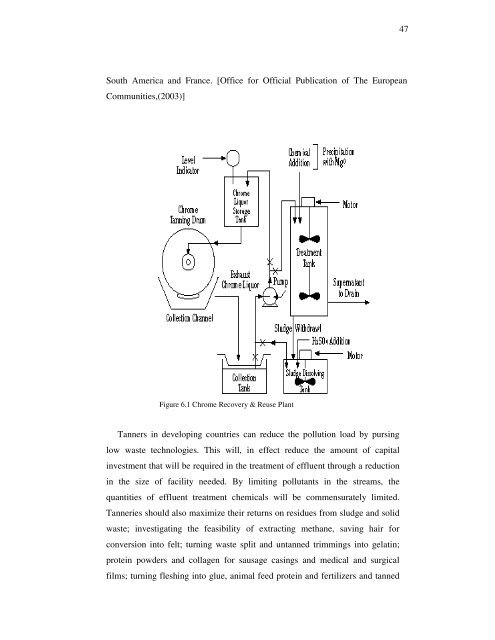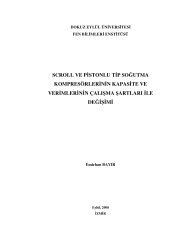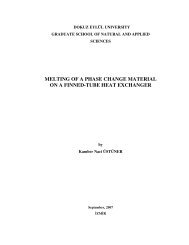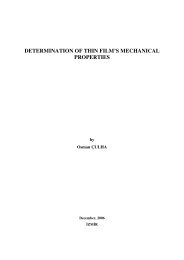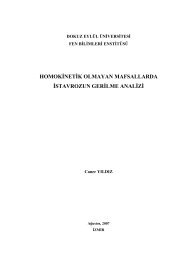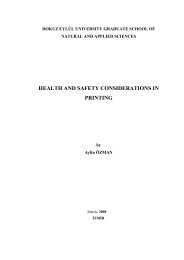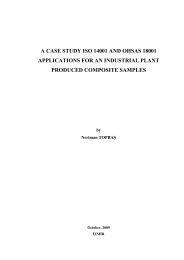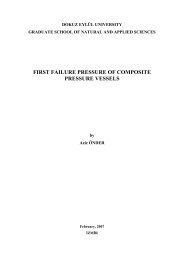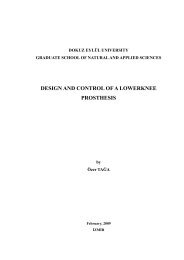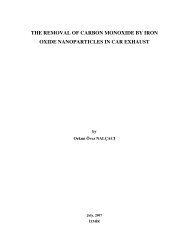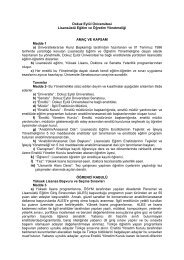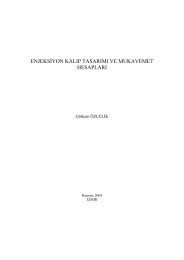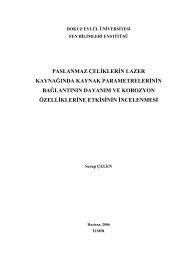WASTE MANAGEMENT IN LEATHER INDUSTRY
WASTE MANAGEMENT IN LEATHER INDUSTRY
WASTE MANAGEMENT IN LEATHER INDUSTRY
You also want an ePaper? Increase the reach of your titles
YUMPU automatically turns print PDFs into web optimized ePapers that Google loves.
47 60South America and France. [Office for Official Publication of The EuropeanCommunities,(2003)]Figure 6.1 Chrome Recovery & Reuse PlantTanners in developing countries can reduce the pollution load by pursinglow waste technologies. This will, in effect reduce the amount of capitalinvestment that will be required in the treatment of effluent through a reductionin the size of facility needed. By limiting pollutants in the streams, thequantities of effluent treatment chemicals will be commensurately limited.Tanneries should also maximize their returns on residues from sludge and solidwaste; investigating the feasibility of extracting methane, saving hair forconversion into felt; turning waste split and untanned trimmings into gelatin;protein powders and collagen for sausage casings and medical and surgicalfilms; turning fleshing into glue, animal feed protein and fertilizers and tanned


